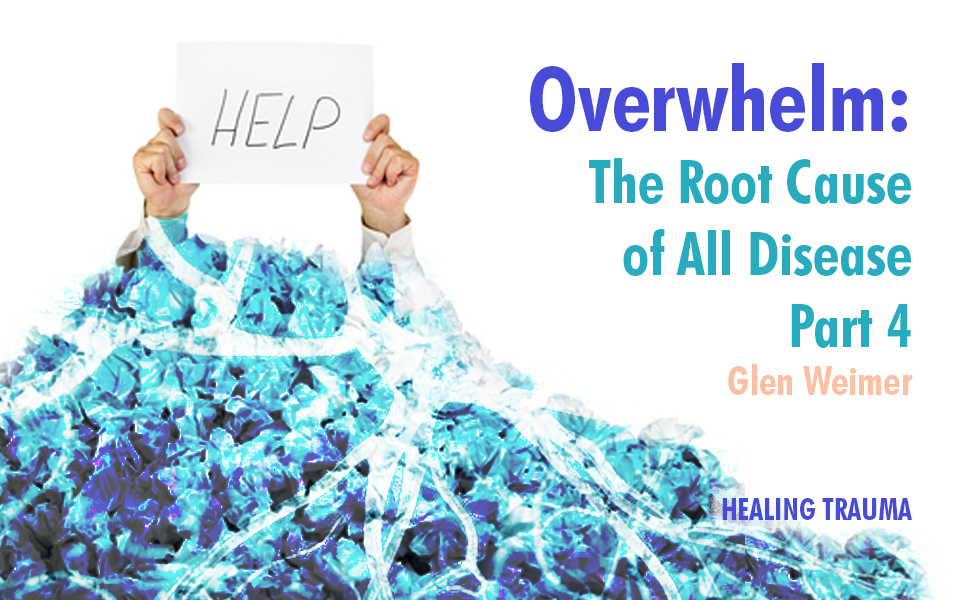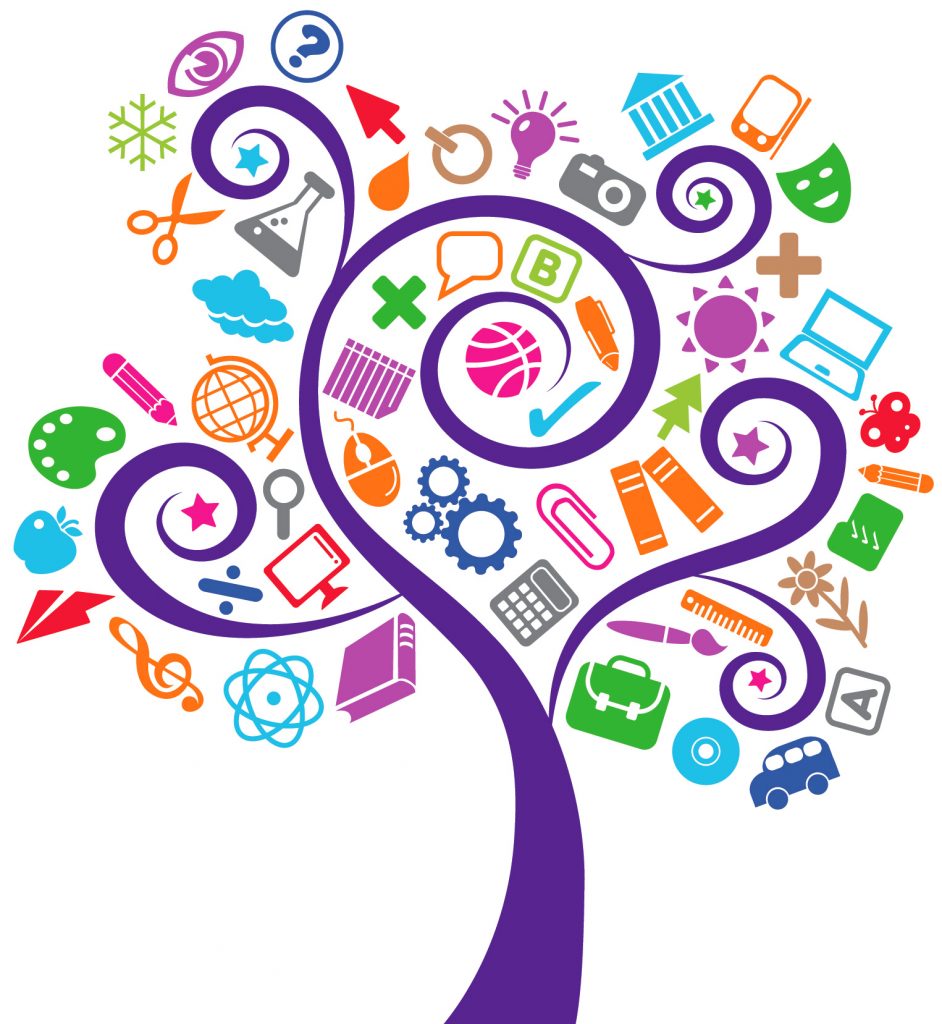Please note: this is the fourth of a 4-part blog. (see Parts 1, 2 & 3)
Healing Trauma
So what do we do with all this? Can we heal trauma? Can we prevent it? The simple answer is YES!
What all of these different types of overwhelm have in common are two things: 1) The BodyMind System (BMS) gets pushed beyond its ability to adapt to current circumstances. 2) A systemic perception of separateness occurs, a sense of breaking what is indivisible into isolated parts. The key to preventing and healing trauma is Resourcing; remembering our wholeness, and our interconnectedness which empowers our adaptability and resilience. (see my Resourcing blog).
In Structural Overwhelm its like the right hip forgets it’s connected to the left hip, up through the respiratory diaphragm to the shoulders; that all the body structures are interwoven through fascia that wraps and connects them to one another and to all the organs in a virtual spider’s web from the crown of your head to soles of your feet. (Fascia is that silvery-blue film you see when peeling the skin off of a raw chicken breast.) It wraps every part of our body in a continuous gliding sheath.
In both Physiological and Electro-Magnetic Overwhelm our BMS forgets how to bring our inner environment into a healthy relationship with our outer environment, to utilize nature to nourish and detoxify our tissues; and how to ground the electromagnetic energy moving through us so that it’s not harmful. We forgot we are a part of nature, inexorably connected to our planet.
In Psycho-Emotional Overwhelm we see ourselves as isolated, alone, powerless to meet the challenges of our life. I often use two examples to illustrate this internal feeling of overwhelm and the importance of resourcing.
When we think about moments in our past, present or future that overwhelm us, 1) it’s as if we are walking down a dark alley and there’s a big bad somebody coming towards us, the message to ourselves is “Oh my God I’m going to die”! By now you know, that’s the overwhelm. If, however, we were walking down that same alley surrounded by all of our friends it wouldn’t be an issue. The internal message would be, “I’ve got this!” That’s resourcing, having what it takes to meet our challenges.
2) Our internal feeling of what overwhelms us is HUGE and we by comparison feel TEENY TINY. We can’t really shrink the problem. The trick is to “grow” us, which we do through our interconnections—resourcing: which is our interpersonal connections with others, as well as our intrapersonal connections within ourselves, and our transpersonal connections to our source (God, our soul, the universe, nature, however we experience that).

Step By Step
Resourcing lets us know life is okay, life is worth living. Resources feed us on a deep level therefore they are idiosyncratic, from walking in nature to a hot bath with candles, a romantic dinner or getting together with friends, having someone to tell our problems to, or snuggling with a pet. Happy memories can be deeply resourcing, as can exercise or just looking out a window at a vibrant blue sky.
Resourcing is the first step. Whether we are healing the past or facing present and future challenges, the key is navigating within our functional parameters, our factory presets, and avoiding moving into overwhelm. The next step is taking action, taking our foot off of that brake. What actions can we take that aren’t overwhelming? Usually they are “baby-steps”. But any action, even unrelated to the problem can help. Action gives the BMS the internal message “we’re moving forward”. So walking, running, swimming can be both resourcing and healing. (See my Resourcing blog).

Shake! Shaking helps to discharge the built-up charge from the nervous system. Somatic Experiencing founder, Peter A. Levine, PhD uses the example of a deer grazing in a field to illustrate this. As soon as a deer hears a noise its head springs up and it become hyper alert (the Sympathetic branch of the ANS is activated—Fight or Flight). The deer is poised to bolt. If it doesn’t find a threat, before it returns to grazing it will tick or shake it off, discharging that build up of nervous system energy from its whole body.
The third step involves learning to navigate our inner world using our Felt Sense, it’s how we experience our memories, thoughts and feelings in our bodies. (Look for my upcoming blog on Felt Sense).
There are a lot of great non-relive body-centered therapies available today for healing psycho-emotional trauma. Eye Movement Desensitization Repatterining (EMDR) is one of the most widely known and available. I utilize Holographic Memory Resolution and Somatic-Experiencing in my work. They are methods of self-empowerment that enable us to move forward and become more adaptable. Please note: it is critically important to have professional assistance when working with traumatic events from our past to make sure we have the adequate support to avoid being re-traumatized.
I use these same principles when doing structural and visceral bodywork. I mobilize the tissue field within a range of movement the body can accommodate without becoming overwhelmed by pain. As the BMS moves within a pain-free or low-pain range the tissue field begins to relax, freeing up an even greater range of motion and reconnecting with other parts of the body. Eventually we begin to move as a single integrated whole, where movement in the shoulders translates all the way down to the feet.
There is truly a massive amount to say about this subject. For more information on healing psycho-emotional trauma see:
Trauma Resources:
- Baum, Brent, The Healing Dimensions: Resolving Trauma in Body, Mind and Spirit (Tucson 1998)
- —, Surviving Trauma School Earth: A Practical Guide to Emotional Survival on the Earth Plane (Tucson, 2013)
- Levine, Peter A. and Ann Frederick, Waking the Tiger : Healing Trauma : The Innate Capacity to Transform Overwhelming Experiences (1997)
- Dana, Deb A. and Stephen W. Porges, The Polyvagal Theory in Therapy: Engaging the Rhythm of Regulation (2018)
Disclaimer:
The information featured on this site is provided for information and education purposes only and is not intended to replace the advice of your doctor or health care provider on medical and/or health-related issues.
You should not use the information on this site for diagnosis or treatment of any health problem or as a substitute for medication or other treatment prescribed by your physician or health care provider.
Submit your review | |


